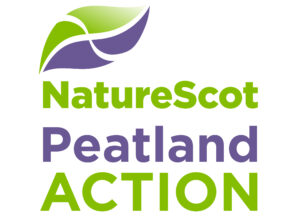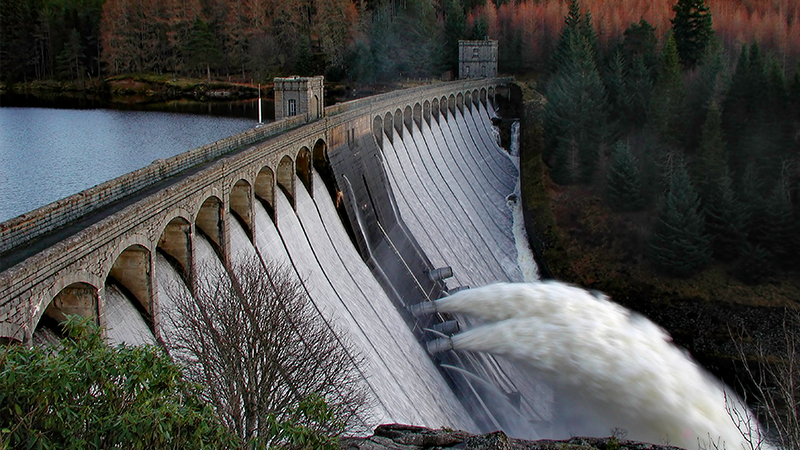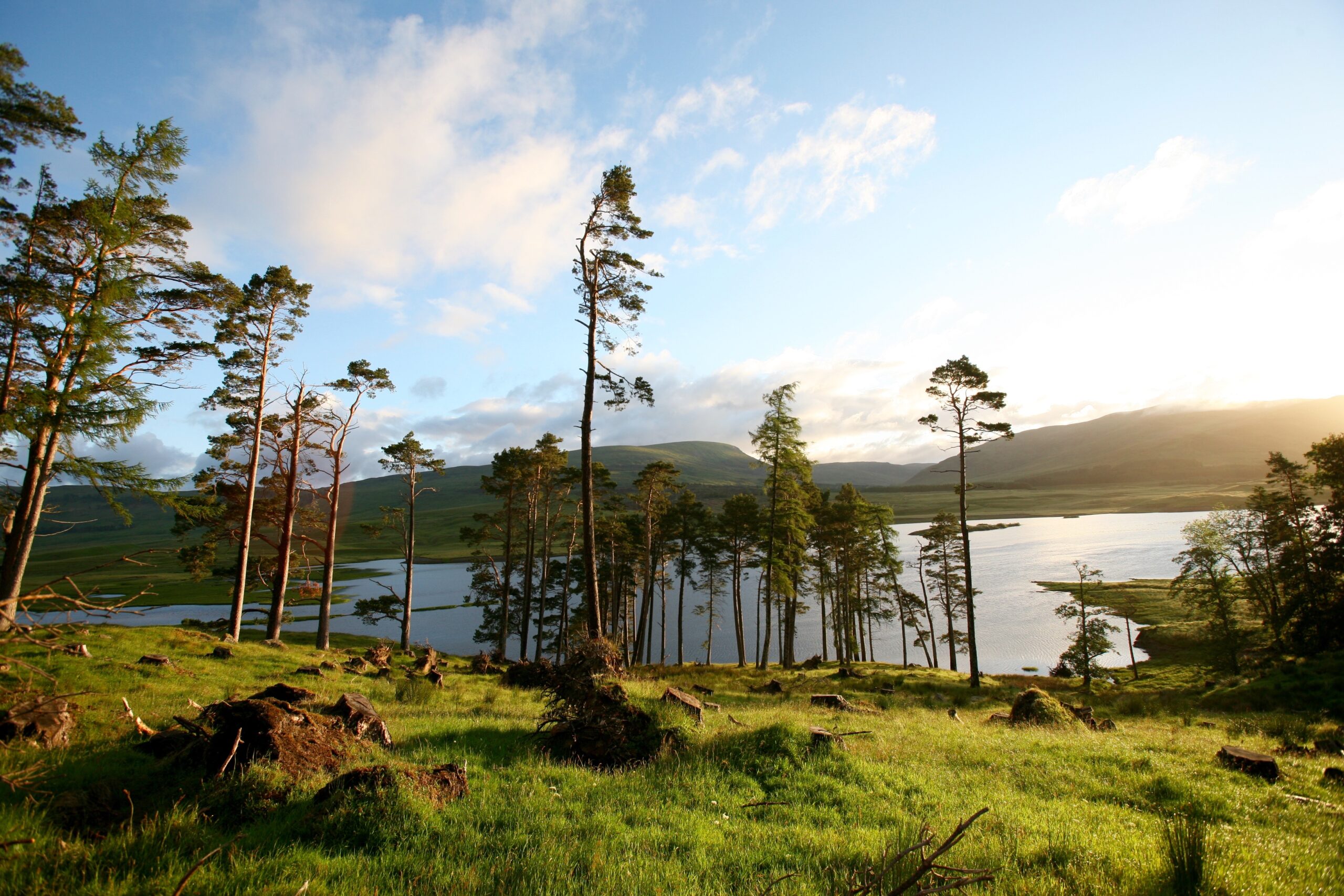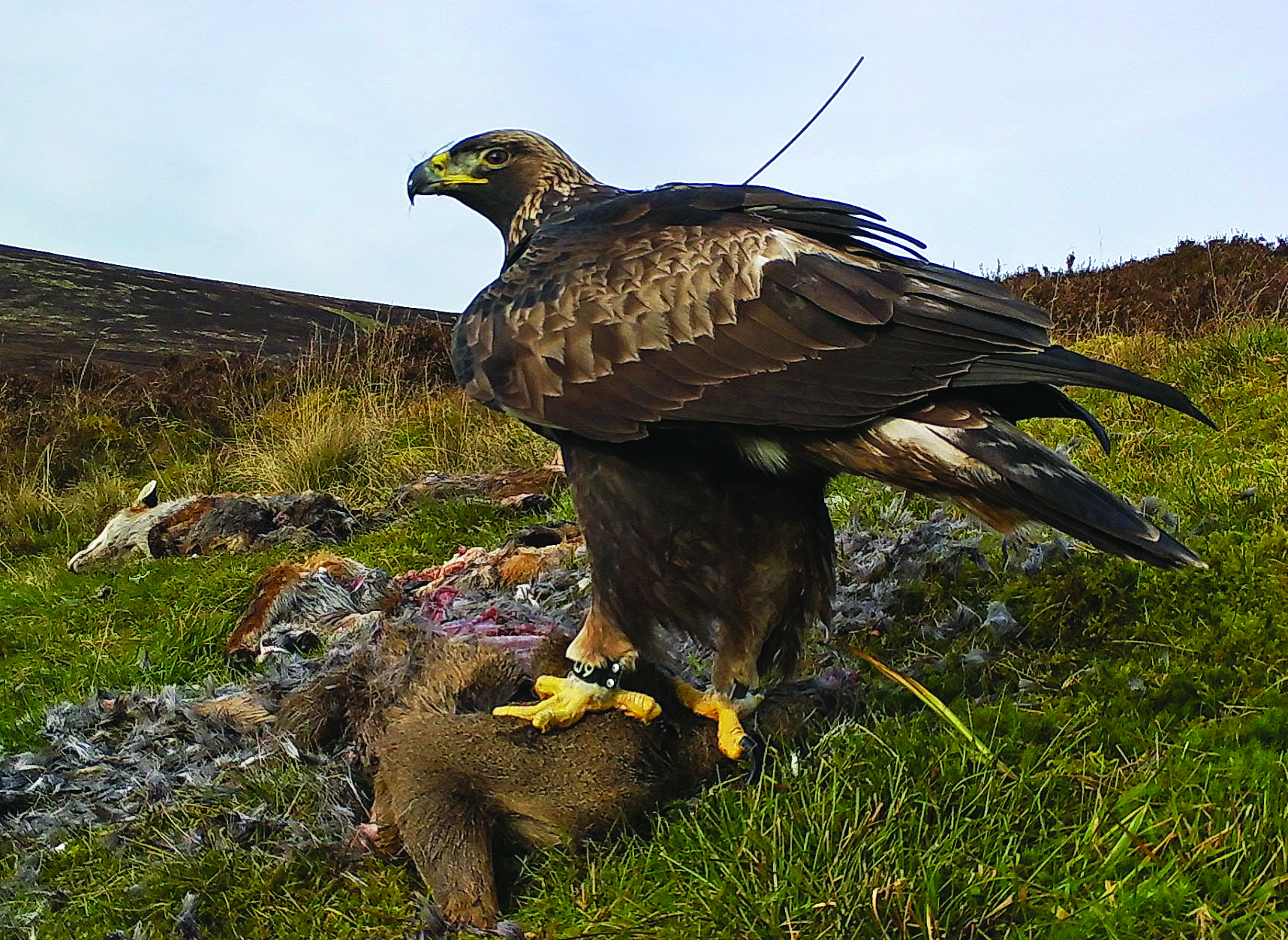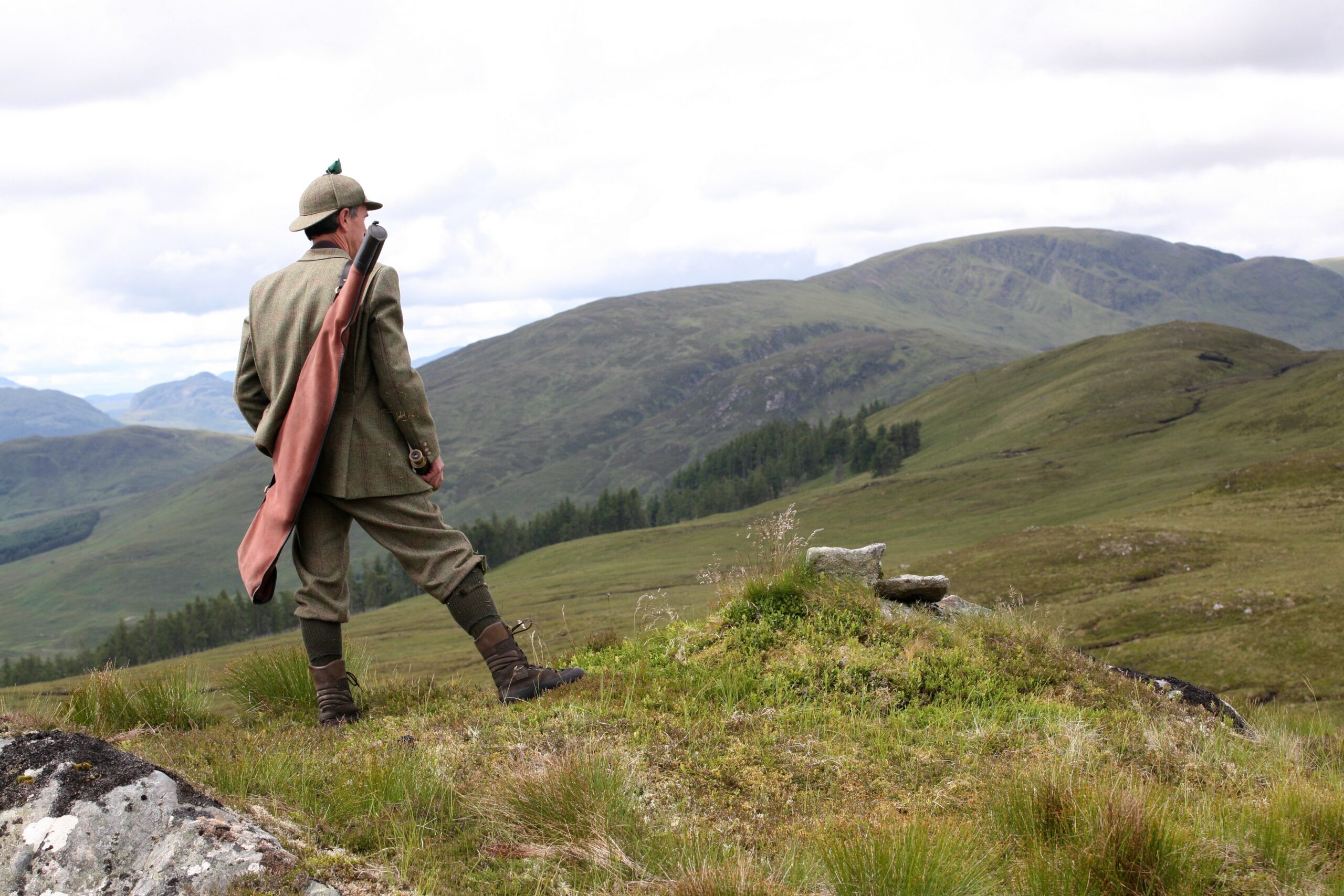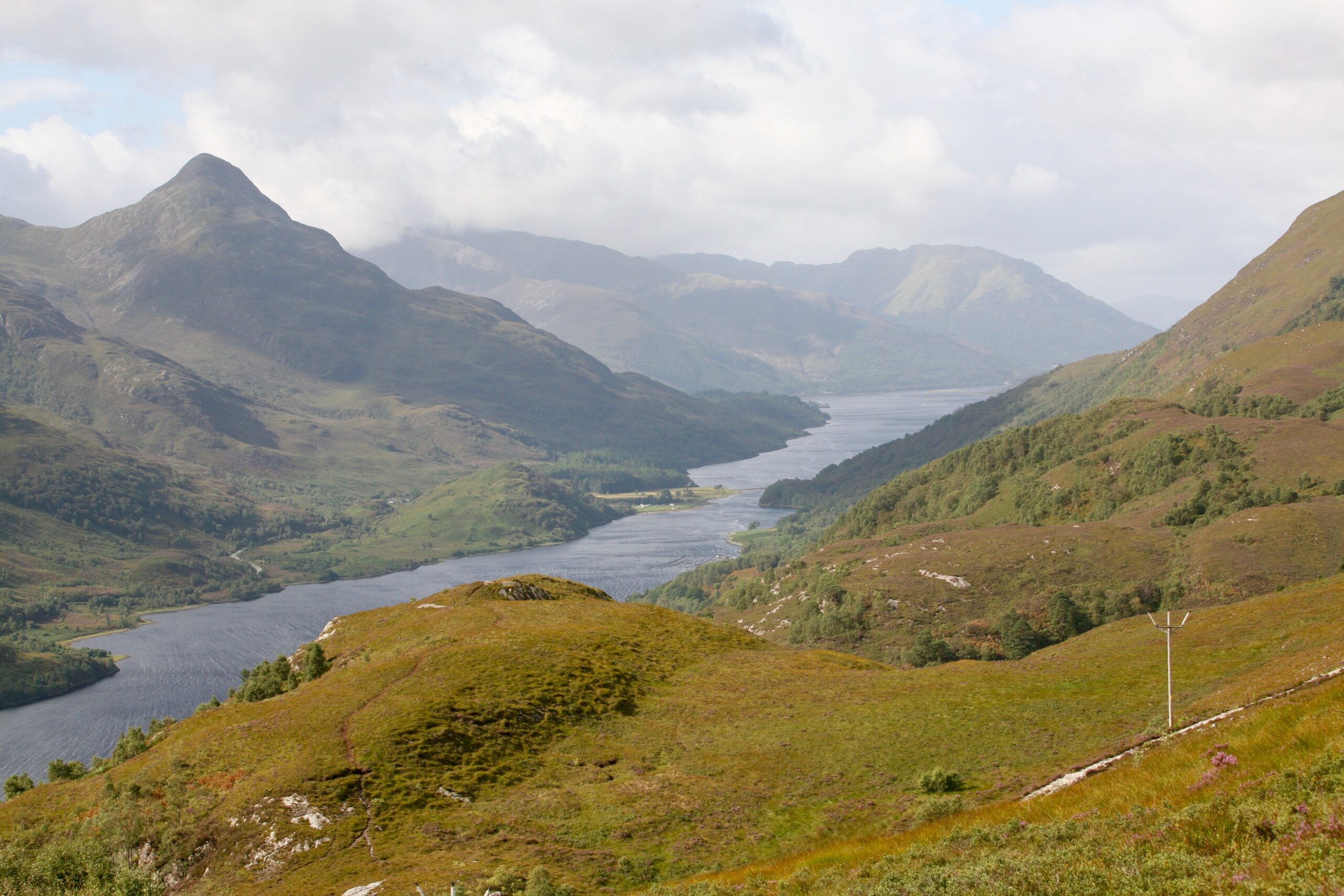Peatland Restoration
Estate Management – Natural Capital and Ecosystem Service Dimension
At the outset we knew it would be impossible for a single project to assess and account for every element of natural capital on the estate. From the start we were therefore selective, choosing to focus on those assets which initially seemed the most important ones on the estate. Water came top of this list because of its importance to the functioning of the aluminium smelter. The extent of peatland and woodland on the estate also indicated that the estate may be performing an important function in carbon removal and storage. Recreational use is also extremely important in this area.
We worked with a small group of people who know the estate very well, and our priority was to draw on their local knowledge and experience. This meeting was facilitated by an external adviser with experience in working with natural capital and ecosystem approaches. Having set the scene the participants each drew their own sketch plan of the estate highlighting its natural capital assets. These were shared, the observations reviewed and from this process a shortlist of priority topics was identified. This set the focus for our subsequent work.
Carbon footprint
Work is continuing on a carbon footprint of the estate. We have estimated the ability of the estate to sequester carbon based on the areas of woodland, grassland and peatland (the latter confined to the peatland in good condition based on Scottish Government mapping). Again using cautious figures from wide published ranges we have estimated carbon sequestration on the estate at 112,000 tonnes of carbon dioxide a year, equivalent to approximately 30,670 tonnes of carbon. The figure for carbon dioxide does however need to be balanced by a carbon dioxide equivalent figure for methane and nitrous oxide emissions from peatland in good condition or undergoing restoration. A low range estimate once these are taken into account brings the figure down to 62,170 tonnes of carbon dioxide equivalent per year.
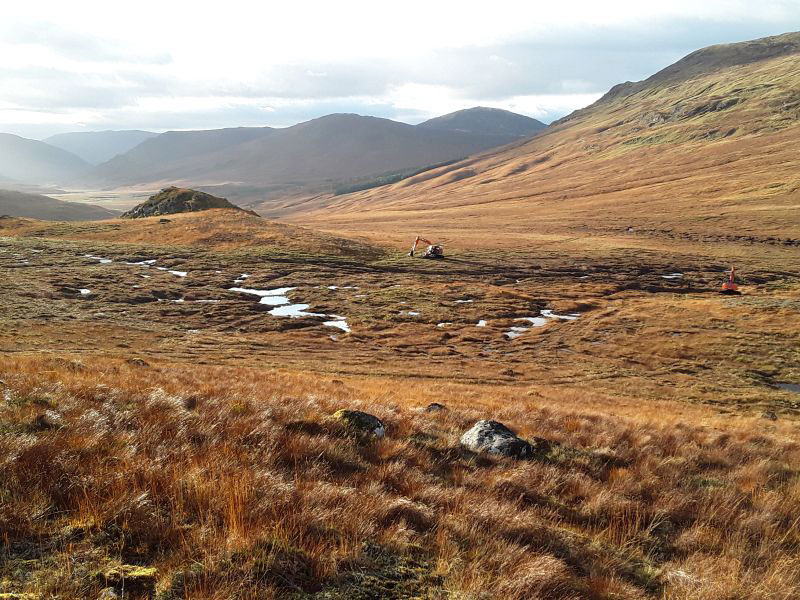
Government advice recommends that carbon dioxide equivalents are valued according to a method based on Marginal Abatement Cost. This is an estimate of the cost of reducing emissions to be in line with global warming targets. Using the mid-range figures published by the government the annual value of this natural process on JHE is approximately £1.3 million. Capitalised over 50 and 100 years respectively using the Green Book methods, the capital values are £195 million and £281 million respectively for the estate
In addition we have been able to make a broad estimate of the tonnage of carbon already stored in the existing peat deposits on the estate – an additional 10 million tonnes at a value of £800 million according to the same valuation method.
Peatland Restoration Completed across JAHAMA Highland Estate to date:

